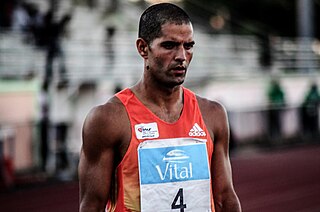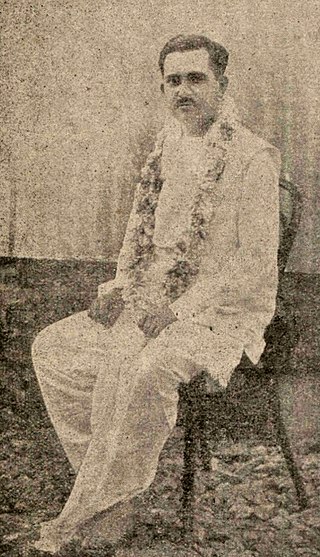
Mauritius, officially the Republic of Mauritius, is an island country in the Indian Ocean, about 2,000 kilometres off the southeastern coast of East Africa, east of Madagascar. It includes the main island and Rodrigues, Agaléga, and St. Brandon. The islands of Mauritius and Rodrigues, along with nearby Réunion, are part of the Mascarene Islands. The main island of Mauritius, where most of the people live, has the capital and largest city, Port Louis. The country spans 2,040 square kilometres (790 sq mi) and has an exclusive economic zone covering 2,300,000 square kilometres. Mauritius is one of the most densely populated countries in the world.
The known history of Mauritius begins with its discovery by Arabs and Malays, followed by Europeans and its appearance on maps in the early 16th century. Mauritius was successively colonized by the Netherlands, France and Great Britain, and became independent on 12 March 1968.
Mauritius is a multi-ethnic, multilingual and a plural society with a population composed mainly of four major ethnic and religious groups. It is often depicted as a "rainbow nation".

Sir Seewoosagur Ramgoolam was a Mauritian physician, politician, and statesman. He served as the island's only chief minister, first prime minister, and fifth governor-general.
Sir Abdool Razack Mohamed was an Indian-born former senior Mauritian Minister in the pre and post-independence cabinet of Mauritius.
Sookdeo Bissoondoyal was a Mauritian politician and one of the leading figures in the independence movement.

The following outline is provided as an overview of and topical guide to Mauritius:
The State House is the official residence of the President of Mauritius. Originally Le Réduit, it was built as a fortress for defence against attack by Pierre Félix Barthelemy David in 1749. The mansion is in Réduit, Moka, near of the University of Mauritius and the end of the Plaines Wilhems District. It used to serve as the residence for former governors of Mauritius, but now it is the residence of the President. It is built on 97 hectares of land. The château has a garden where a multitude of flowers grow, as well as exotic and native trees. The château is open to the public two days a year, in October and March. The house has persisted through history; it was destroyed by a cyclone, rebuilt, and has been renovated since. It is also used by the military.

The cuisine of Mauritius is greatly influenced by the tropical location of the island as well as the cultural diversity which characterizes the country. Mauritian cuisine is a blend of African, Chinese, European and Indian influences in the history of Mauritius. Most of the dishes and culinary traditions are inspired by French culture, former African slaves, Indian workers and Chinese migrants that arrived in the country during the 19th century. Over the years, communities found in Mauritius have adapted and mixed each other's cuisine to their liking, resulting in the development of Mauritian cuisine. While some popular dishes and desserts are consumed by Mauritians of all ethnic groups or communities, there are also forms of cuisines which remain distinctly ethnic and are unique to a specific ethnic community due to their ancestral cultural and historical connections. Local food which varies depending on ethnic communities therefore reflects the strong traditional, cultural, and historical influences of each community.
Mauritius had a life expectancy of 75.17 years in 2014. 39% of Mauritian men smoked in 2014. 13% of men and 23% of women were obese in 2008.

Corruption in Mauritius follows the familiar patterns of state-based corruption, namely government officials abusing their political powers for private gain in the country of Mauritius.

Guillaume Thierry is a track and field athlete from the Republic of Mauritius. He first represented his country at pole vault in which he competed at the 2003 World Youth Championships in Athletics held in Sherbrooke, Canada. He now competes in the decathlon and holds the Mauritian national record set on 11–12 September 2013 in Nice, France at the VII Francophone Games. He is the first Mauritian ever to score more than 7000 points in this event.

The Metro Express is a light rail public transport system in Mauritius.
The 1975 Mauritian student protest riots refer to a students' protest marches which turned violent in various parts of the island of Mauritius, Indian Ocean on Tuesday 20 May 1975.

Basdeo Bissoondoyal was a Mauritian social worker, educator and writer who played an important role in the pre-Independence politics and independence movement on the island of Mauritius. He is also sometimes referred to as "Pandit Basdeo Bissoondoyal" or "Professor Basdeo Bissoondoyal".
Sir Satcam Boolell GCSK QC was a Mauritian politician who served as member of the Legislative Assembly in Mauritius. He died on March 23, 2006, in Curepipe. He was also known as "Somduth" by his peers and family members.
Harisun Boodhoo more commonly known as Harish Boodhoo, is a Mauritian political figure who served as Deputy Prime Minister of Mauritius from 11 June 1982 to 21 August 1983. He was elected Member of Parliament (MP) in 1976, 1982 and 1983 in Rivière des Anguilles and Souillac.
Paramhamsa Nababsing, more commonly known as Prem Nababsing, was a Mauritian politician and MMM minister.
The Independent Forward Bloc (IFB) was a political party in Mauritius.
Socio-Cultural Group is a term which is used on the island of Mauritius to refer to private organisations whose primary objectives are to consolidate human and moral values, strengthen the family unit and promote religious and cultural values. These groups are also known as socio-cultural movements or socio-cultural associations.













